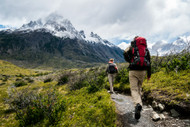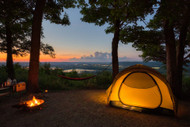Cold Weather Survival Gear List
Posted by Kevin Green on Nov 25th 2025
Layered clothing is crucial for maintaining body heat and protecting yourself against cold weather. You should also wear gloves and headwear to prevent frostbite in the biting cold.
Make sure you can
… read more






